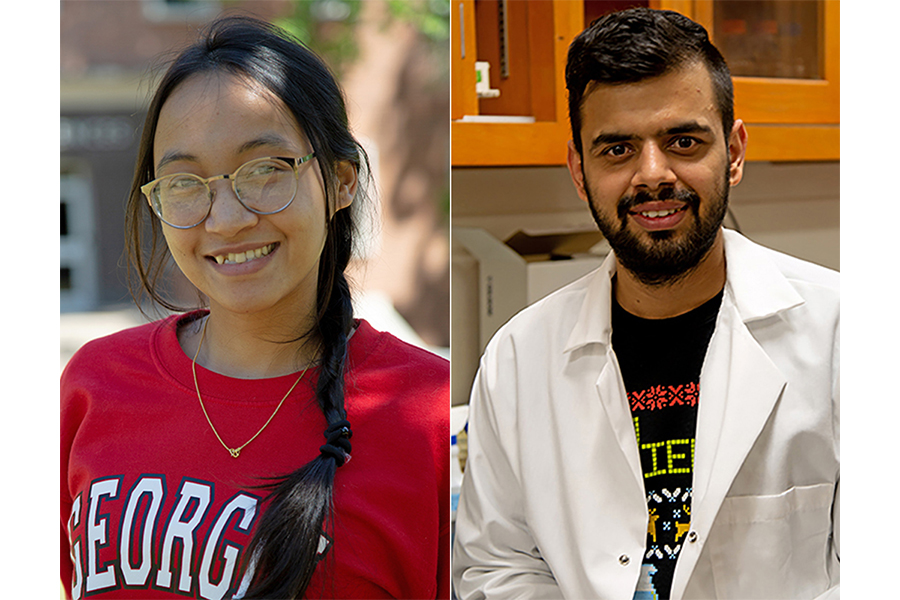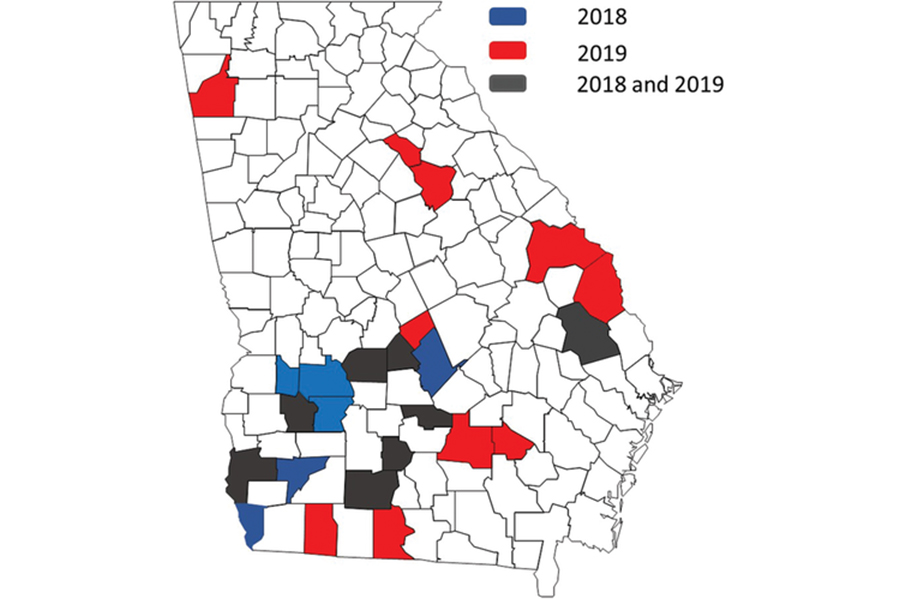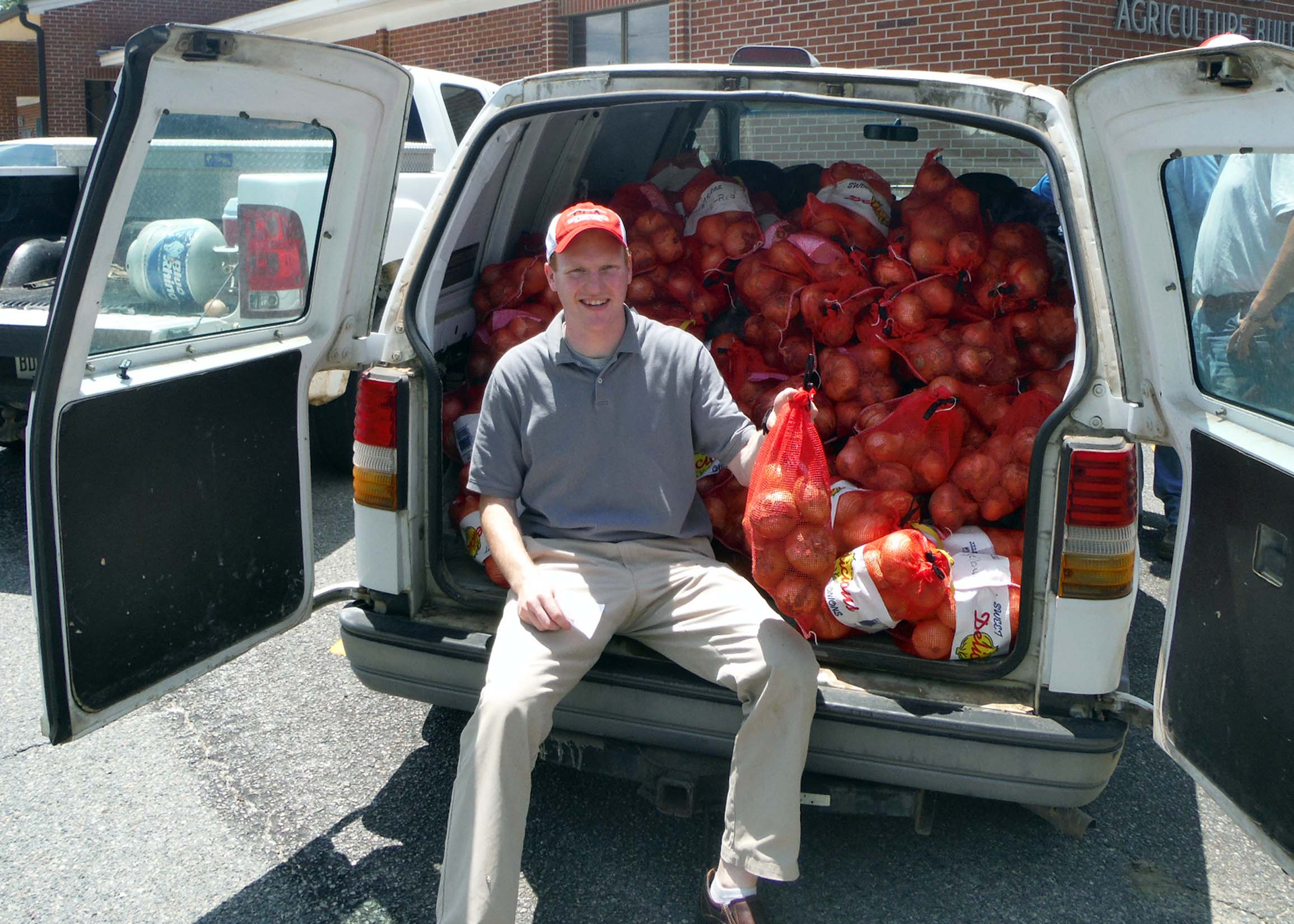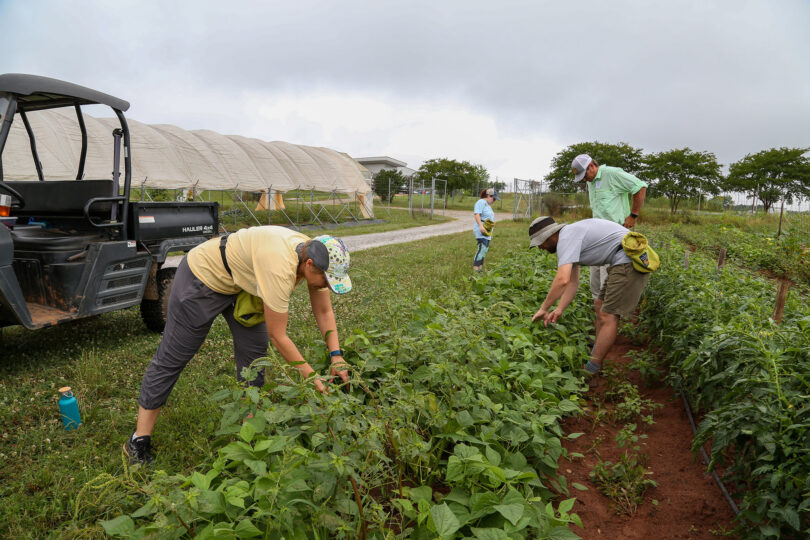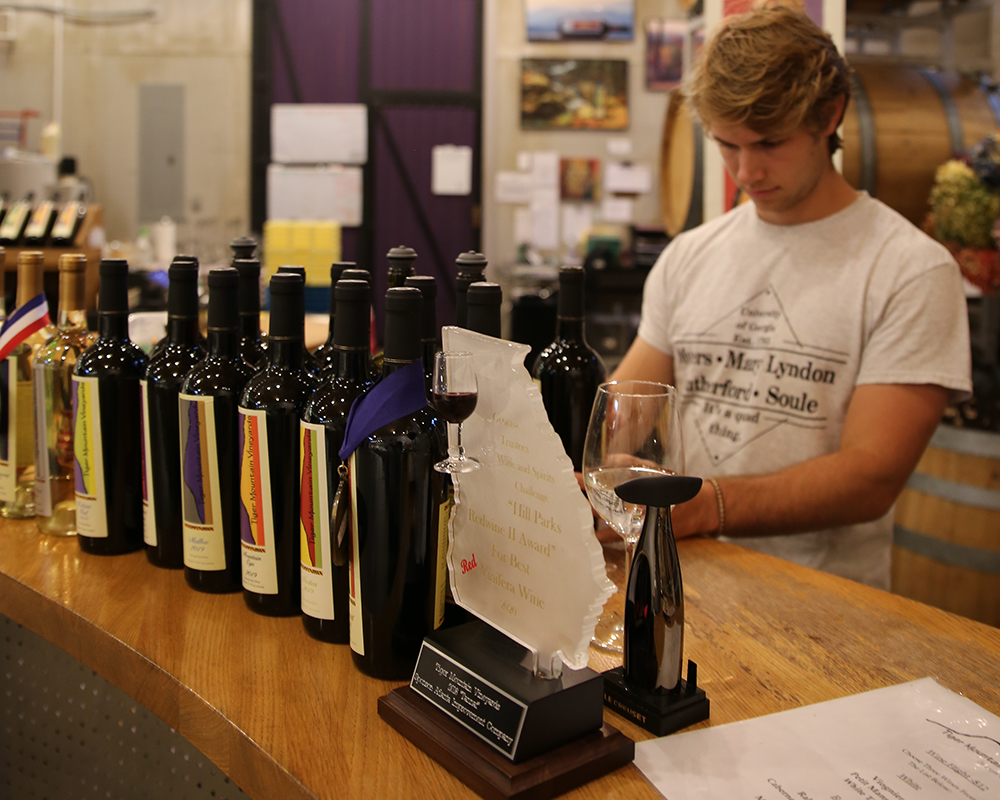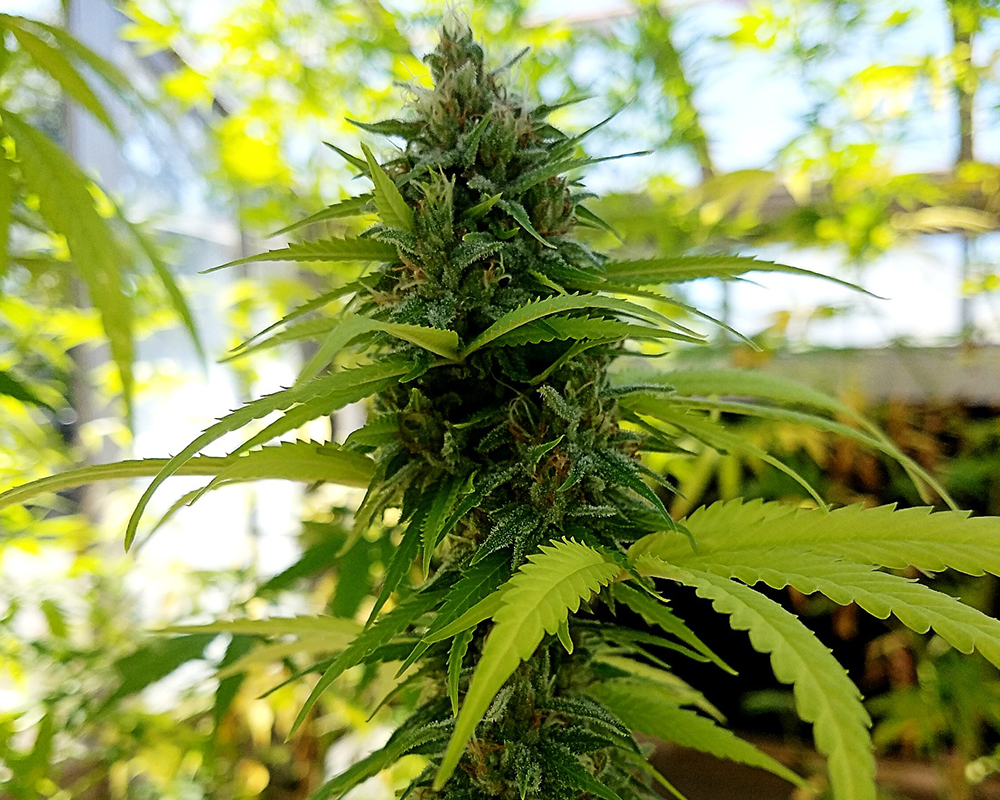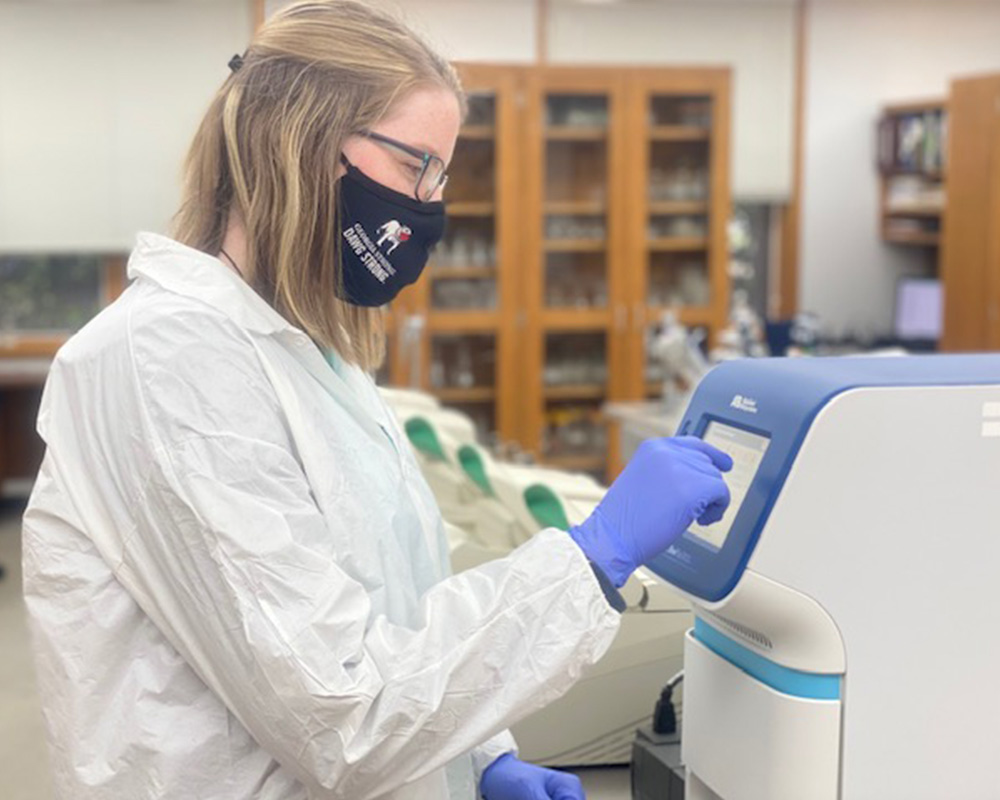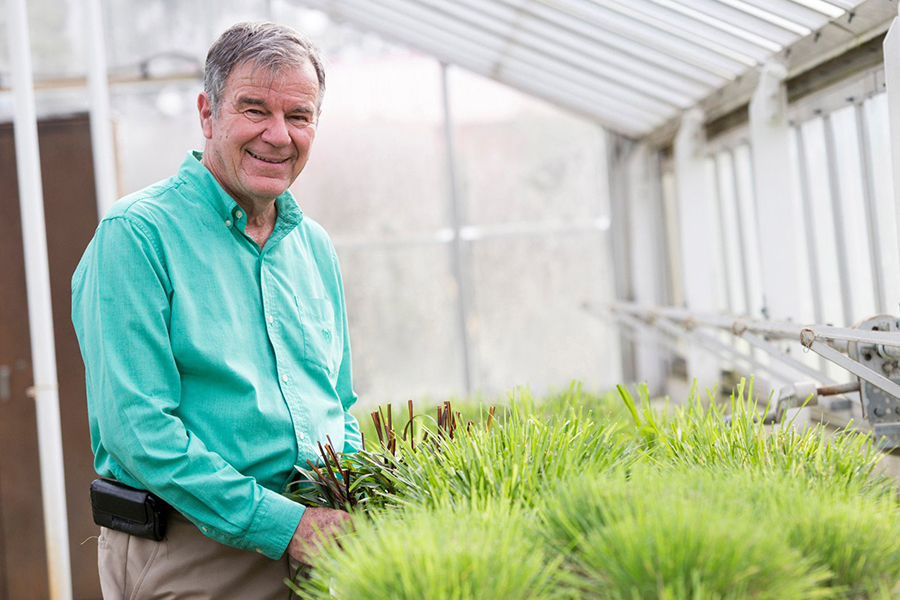 CAES News
CAES News
Georgia Mountain Endowment
For nearly 50 years, turfgrass researcher Wayne Hanna pursued his professional goals at the University of Georgia, first with the U.S. Department of Agriculture’s Agricultural Research Service (USDA-ARS), then as a full professor in the College of Agricultural and Environmental Sciences.

.jpg)
